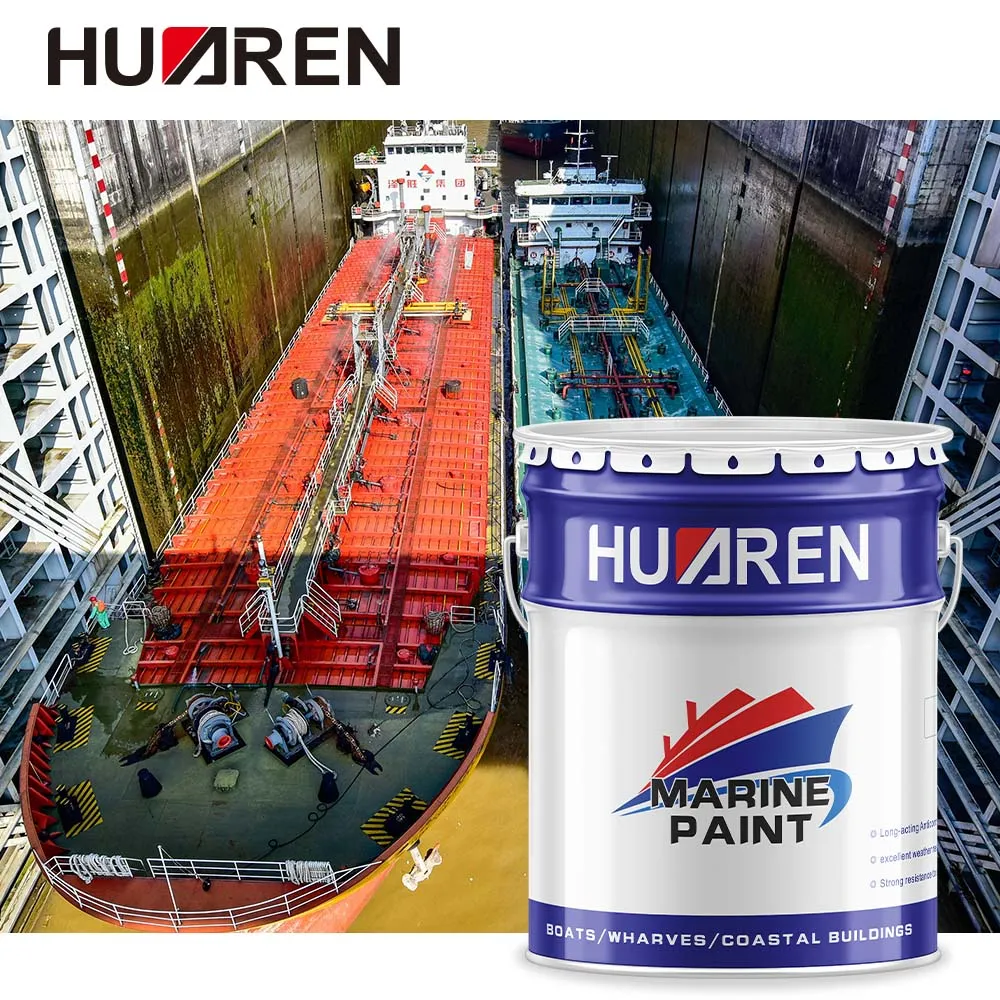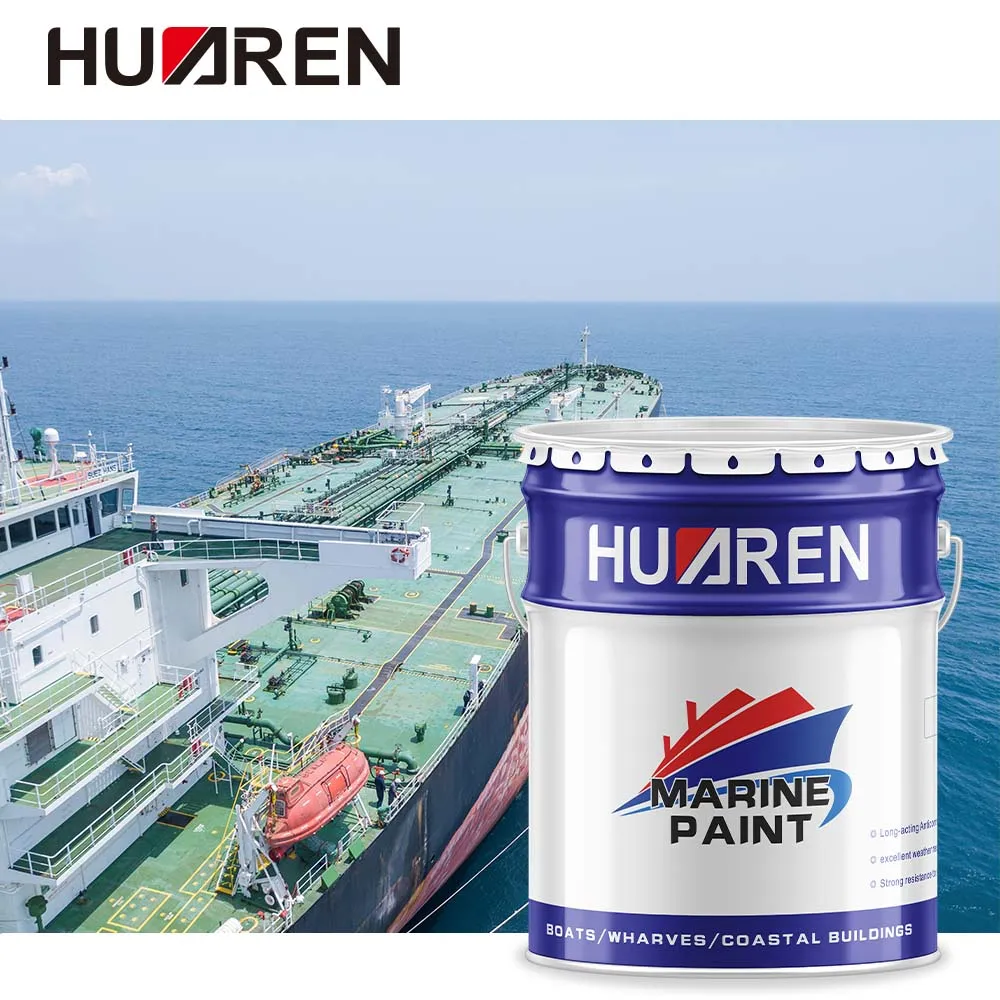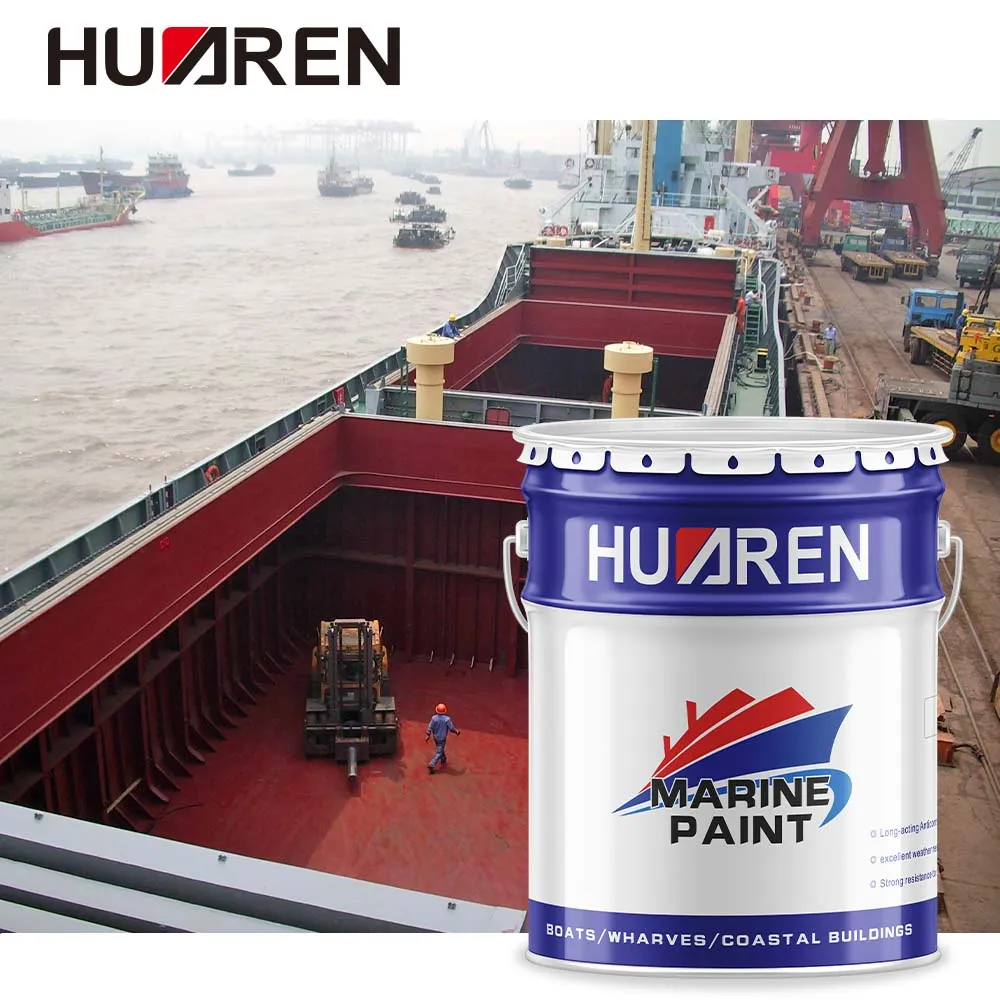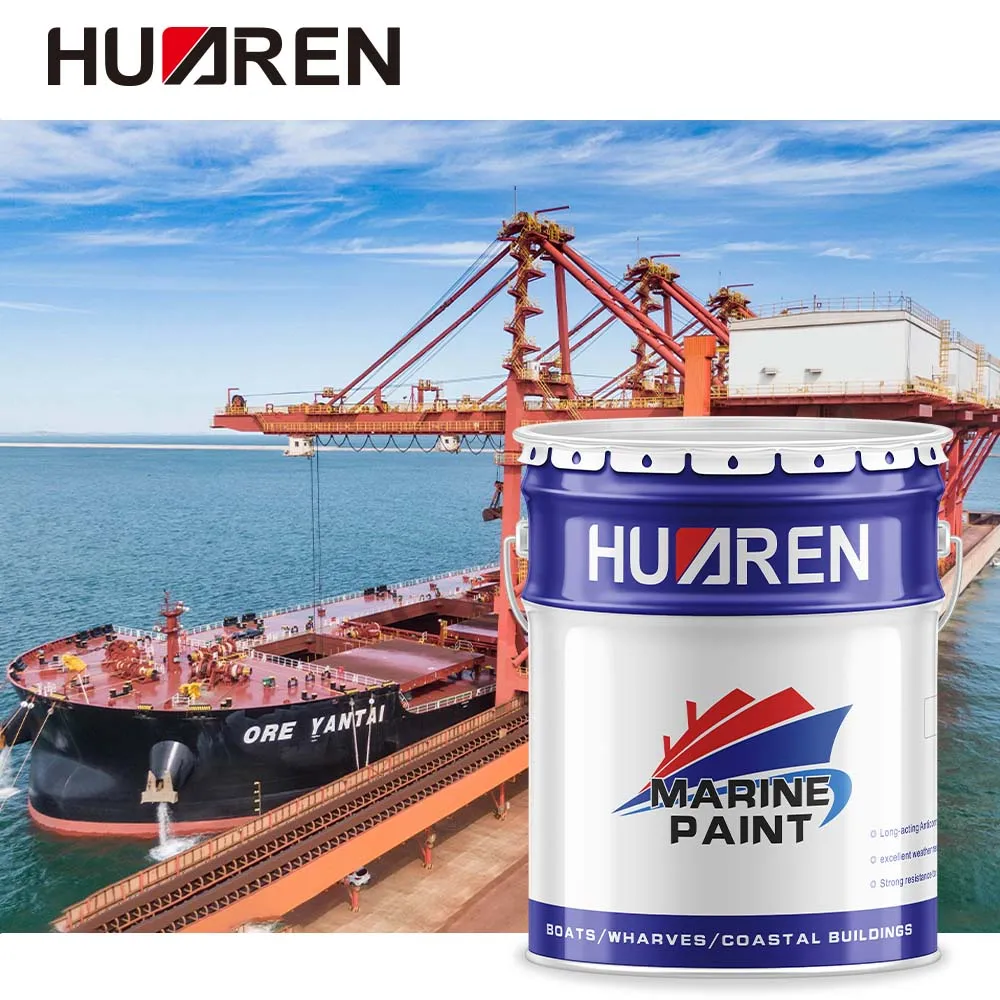Ships are the means of transportation for humans to the depths of the ocean, and are also one of the important facilities for international trade, transportation and military. However, whether it is a huge cargo ship, a fishing boat, or a small yacht, we will find that these ships have one thing in common: their surfaces are always covered with a thick layer of paint. Paint not only makes the hull look brand new, but also plays multiple functions. This article will explore this topic in depth from the reasons for painting ships, the types of paint commonly used and their characteristics.

Why do ships need to be painted?
Ship painting is not just for beauty, it also has a vital practical function. From protection to functionality, the role of ship painting is mainly reflected in the following aspects:
1. Prevent corrosion
Ships are in the marine environment all year round and are eroded by seawater, especially in seawater containing a large amount of salt. This high-salinity environment easily leads to oxidation reactions on the metal surface, thereby causing corrosion. Corrosion not only affects the beauty of the hull, but also weakens the structural strength, and in severe cases even threatens the safety of the ship. By painting, a barrier is formed to prevent oxygen and moisture from directly contacting the hull metal, thereby delaying or avoiding corrosion.
2. Antifouling effect
The ocean is full of various microorganisms, algae and shellfish, which will attach to the surface of the hull, forming a thick layer of "marine fouling", affecting the speed and fuel efficiency of the ship. This phenomenon is called "hull fouling". By applying antifouling paint, these organisms can be effectively prevented from attaching to the surface of the hull and maintaining the operating efficiency of the ship.
3. Improve durability
When ships are running in the ocean, they will be subjected to the impact of wind and waves, the impact of floating objects, and mechanical friction during loading and unloading of cargo. These will cause damage to the surface of the hull. Painting can increase the surface hardness of the hull, reduce the impact of mechanical damage on the hull, and extend the service life of the ship.
4. Ensure safety
On the ship, the colors of different areas have clear functional identification, such as anti-slip paint on the deck or warning colors on equipment, which can improve operational safety and avoid accidents. In addition, the bright colors of the paint can also improve the visibility of the ship at sea and reduce collision accidents.
5. Provide aesthetics and identification
Paint can also give ships a unique color and gloss, enhancing the visual effect and making them look neater and more professional. At the same time, different color combinations can also distinguish the purpose of the ship or the company it belongs to. For example, passenger ships often use bright colors, while warships often use gray or dark colors.

What kind of paint is used on ships?
Ship paint can be divided into many types according to its function and application area. The following are several major types of ship paint and their characteristics.
1. Anticorrosive paint
Anticorrosive paint is the base coating in the ship painting system. Its main function is to prevent seawater from corroding the hull metal. Commonly used anticorrosive paints include epoxy and zinc-rich anticorrosive paints:
● Epoxy anticorrosive paint: This paint has extremely high adhesion and chemical resistance, and can form a strong protective layer on the metal surface of the hull to prevent oxidation reactions.
● Zinc-rich anticorrosive paint: Contains a high content of zinc powder, using the cathodic protection of zinc to sacrifice zinc to protect the steel part of the hull and extend the life of the hull.
2. Antifouling paint
Antifouling paint is a special paint applied to the underwater part of the ship (the area below the waterline) to prevent biofouling. Antifouling paint usually contains antifouling agents or toxic ingredients, such as copper compounds, which can inhibit the growth of marine organisms. There are two main types of this paint:
● Traditional antifouling paint: It prevents biofouling by releasing toxic substances, but it needs to be cleaned and repainted regularly.
● Self-polishing antifouling paint: This paint will dissolve at a very slow rate while the ship is sailing, constantly "renewing" the surface to maintain the antifouling effect.
3. Topcoat
Topcoat is the last process of the ship's surface coating, mainly for decoration and protection. Topcoat can give the hull gloss and color, and common types include polyurethane paint and acrylic paint. These topcoats not only have excellent decorative effects, but also resist the effects of ultraviolet rays and climate.
4. Anti-slip paint
Anti-slip paint is used in areas that are prone to slippery such as decks and work platforms. Its surface contains rough particles that can effectively increase friction and ensure the safety of crew members.
5. High temperature resistant paint
Some equipment on ships, such as engine compartments and exhaust pipes, need to withstand high temperatures, so they are painted with high temperature resistant paint. This paint can usually withstand temperatures of several hundred degrees and has good corrosion resistance.
6. Special purpose paint
In some special cases, ships also use other functional coatings. For example, radar absorbing paint is used on warships to reduce radar reflection signals, while flame retardant paint is suitable for areas that require fire protection.

What is the process of ship painting?
In order to ensure the functionality and durability of the paint, ship painting usually needs to follow a strict process. The following are the general steps for ship painting:
1. Surface pretreatment
Before painting, the hull surface must be thoroughly cleaned to remove old paint, rust and dirt. This process usually includes sandblasting or mechanical grinding to ensure that the metal surface is smooth and free of impurities.
2. Primer painting
The primer is the basis of the entire coating system, and its main function is to enhance adhesion and provide initial protection. The primer needs to be applied evenly to avoid missing paint.
3. Intermediate paint application
Intermediate paint is used to increase the thickness and durability of the coating, and also provides a good adhesion base for the topcoat. Intermediate paint generally chooses epoxy paint, which has strong durability and impact resistance.
4. Topcoat application
The last layer is the topcoat application. Depending on the needs, the topcoat can be selected as high gloss, matte or specific color to meet decorative and functional requirements.
5. Antifouling paint application
Antifouling paint is applied to the underwater part of the hull. This step requires special attention to the thickness and uniformity of the paint film to ensure long-term antifouling effect.

Backed by strong R&D and manufacturing capabilities, Huaren Chemical Industry Co., Ltd. offers complete industrial paint solutions from our factory in China. Our products, including heavy-duty anti-corrosion coatings, water-based emulsions, and acrylic paints, are sold to Africa, Southeast Asia, and Europe. We offer cost-effective supply options, bulk pricing, and customized specifications to meet the unique needs of buyers. Buy directly from Huaren Chemical, the brand you can trust for high-quality industrial coatings.

